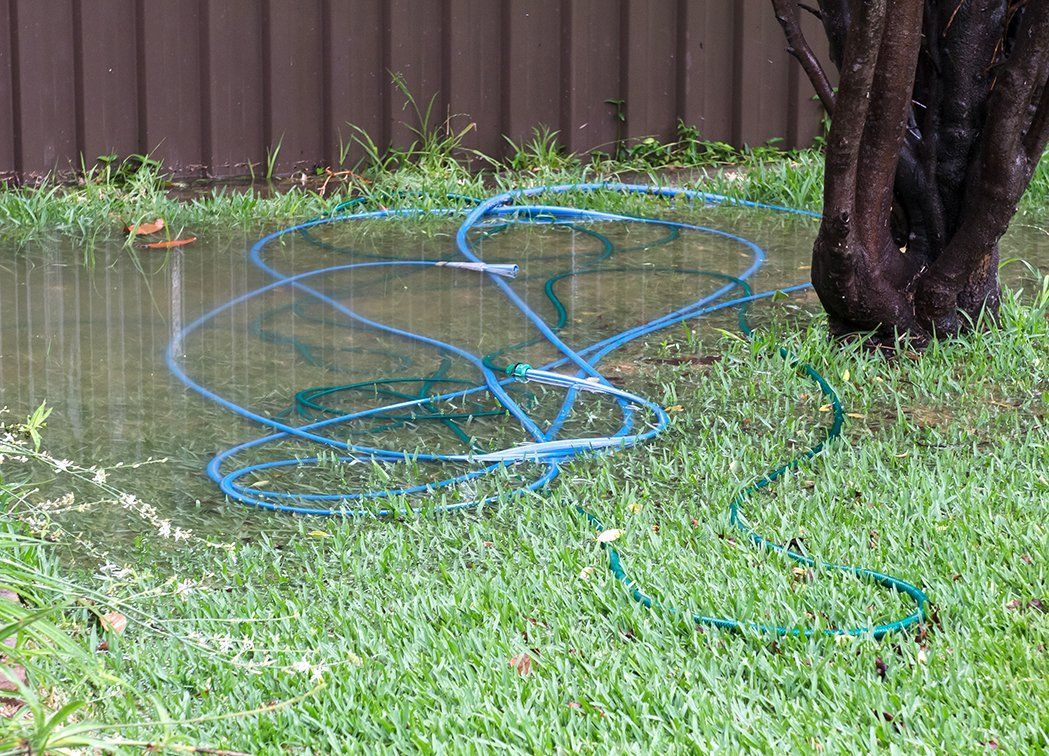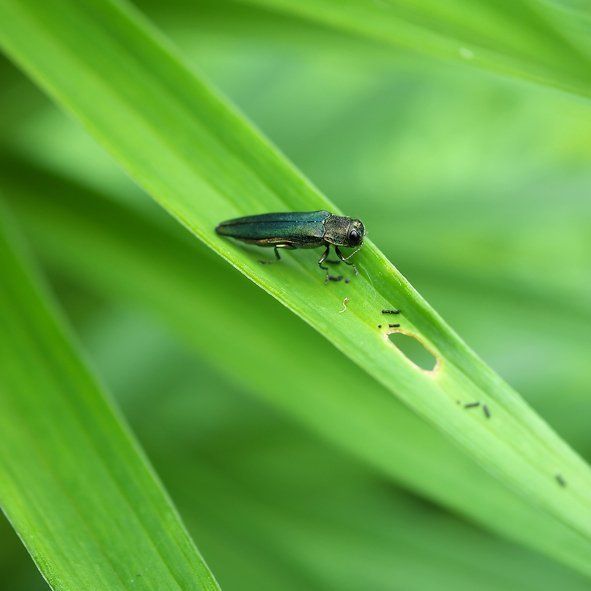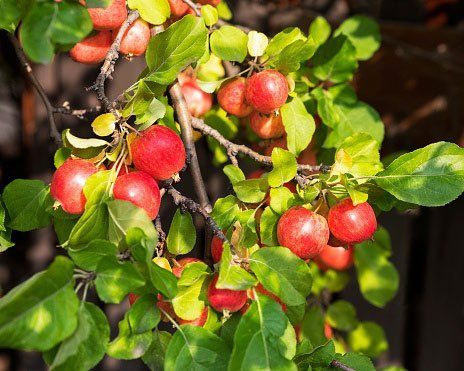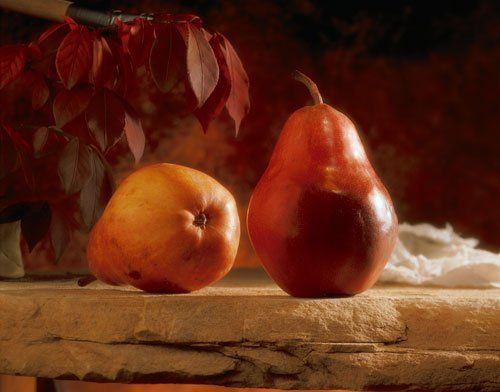Blog Layout
5 Interesting Facts About Sugar Maples
By Admin • April 3, 2019
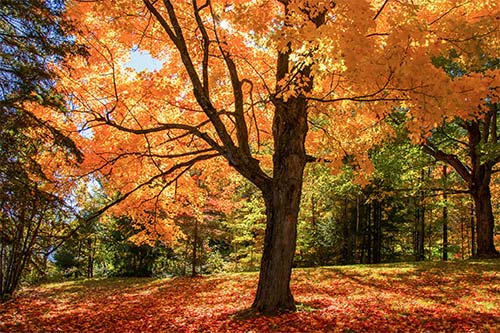
Sugar maples are such tall, majestic trees. Native to Missouri, they do well in many St. Charles and Jefferson County yards, providing homeowners with shade and beauty. But even if you have a few sugar maples in your yard, you may not know very much about these classic trees. The sugar maple is about more than just syrup! Here are five interesting facts about this intriguing tree species, Acer saccharum.
1. Sugar Maples Don't Produce as Much Syrup as You Think
When you buy maple syrup at the store, the volume of syrup you buy is a lot less than the volume of sap that went into producing it. The tree sap is boiled down to remove much of the water, concentrating the syrup into the product you're used to enjoying.
Assuming the tree's sap is about two percent
sugar, it will take 40 gallons of sap from the tree to make one gallon of syrup. The average sugar maple tree produces about 10 to 20 gallons of sap — so you'd have to tap several trees to make just one gallon!
2. Sugar Maples Are Highly Adaptable
Sugar maples grow well in USDA zones 3 to 8, which encompasses much of the United States. They don't grow along the more southern Pacific Coast, in southern Florida, or along the Gulf Coast, but other than that, they span from sea to sea.
The sugar maple's huge growing zone is possible because of its adaptability. It tolerates soggy soil, droughts, and even some shade. As such, if you have a large yard with questionable soil quality, sugar maples are good trees to plant. These trees are also cold-tolerant.
3. Sugar Maples Are Best Pruned in August
Most trees are best pruned in early spring when they are dormant. However, if you prune a sugar maple in the spring, it will lose a lot of sap, as this is when the sap is flowing. The best time to prune a sugar maple, then, is in July or August. With the slower sap flow this time of year, the pruning wounds will heal faster, and the tree won't be as prone to fungal infections.
Sugar maples don't require heavy pruning once they're mature, but consistent pruning when the tree is young will ensure it develops a strong, central leader and an attractive shape.
4. Sugar Maples Attract Wildlife
If you love seeing squirrels, rabbits, and other small animals in your yard, plant a sugar maple. These animals feed on the maple seeds, along with the leaves and buds.
Deer are also interested in maple trees, although that's not always a good thing. They sometimes chew the bark or rub their antlers against it, and if they do too much damage, it can impact the tree's growth. Wrapping the bark of young sugar maples, especially, helps protect them from deer damage.
5. Sugar Maples Can Live for 300 Years
When you plant a sugar maple, you are not just adding beauty to your own yard — you are adding beauty to the landscape for future generations to enjoy, too. Sugar maples often live for 300 to 400 years, according to Fire Effects Information System, and the oldest sugar maple in North America is thought to be 500 years old. Known as The Comfort Maple, it grows in the town of Pelham, Ontario and measures more than 80 feet tall.
Now that you know more about sugar maples, you're bound to feel more appreciative when you look out your back door and see some of these lovely trees. If you need help pruning or otherwise caring for your sugar maples, contact County Tree Service
to schedule an appointment.
BROWSE OUR WEBSITE
CONTACT INFORMATION
EMAIL:
countytree3157@sbcglobal.net
PHONE NUMBER:
314-920-7263
ADDRESS:
925 St. Louis Avenue Valley Park, MO 63088
Payment Options


Content, including images, displayed on this website is protected by copyright laws. Downloading, republication, retransmission or reproduction of content on this website is strictly prohibited. Terms of Use
| Privacy Policy






